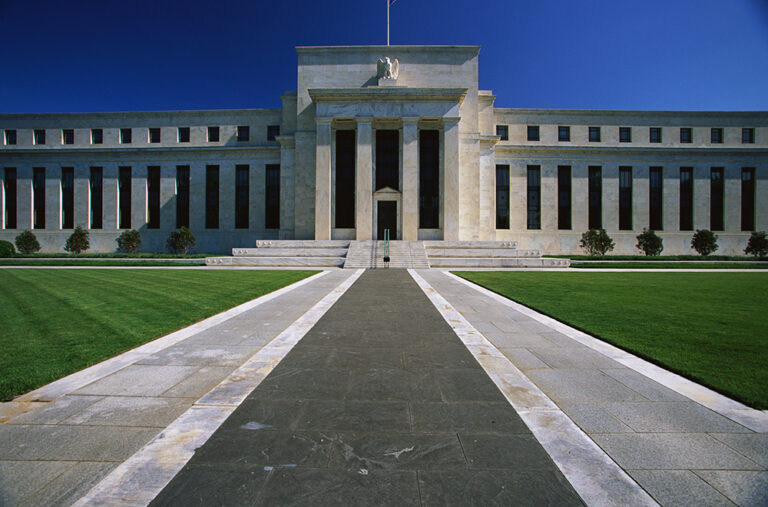Healthcare spending in the United States is rising, with serious implications for the federal budget, according to projections from the Centers for Medicare & Medicaid Services (CMS). National health expenditures (NHE), which includes both public and private spending on healthcare, are projected to climb from $4.8 trillion, or $14,423 per person, in 2023 to $7.7 trillion, or $21,927 per person, in 2032. Relative to the size of the economy, NHE is projected to climb from 17.6 percent of gross domestic product (GDP) in 2023 to nearly 20 percent by 2032 as rising healthcare costs will outpace the growth in the economy.
Healthcare costs continue to rise due to a myriad of factors, but central reasons include the increased utilization of healthcare services, partially due to the aging population and the rising cost of health services. The aging population translates to higher healthcare costs because older people, on average, need more healthcare. For example, individuals age 65 and older spend, on average, almost two-and-a-half times more on healthcare per person than working-age individuals and five times more than children. The rising cost of health services will also raise healthcare spending — driven by new technology, fast-growing inflation, and greater labor costs.
That growth in healthcare costs has consequences for the nation’s fiscal outlook. Primarily due to the aging of the population, enrollment in, and therefore the costs of, government health insurance programs such as Medicare and Medicaid will rise. Federal spending on healthcare is expected to climb from $2.2 trillion in 2023, or 49 percent of healthcare spending, to $3.8 trillion, or 51 percent of healthcare spending, in 2032.
Healthcare costs are already high and rising, and CMS’s new NHE projections confirm the continuation of that trend. With total healthcare spending expected to reach one-fifth of the economy in the next 10 years, lawmakers should consider solutions to rein in costs to reduce the financial burden on consumers and help improve the nation’s fiscal trajectory.
Photo by Brandon Bell/Getty Images
Further Reading
How Much Do We Spend on the Federal Workforce?
Here, we examine the federal government’s expenditure on its workforce, the evolution of its size over time, and the opportunities for budget savings.
What Are Interest Costs on the National Debt?
Interest costs are on track to become the largest category of spending in the federal budget.
Healthcare Costs Are a Major Driver of the National Debt and Here’s the Biggest Reason Why
Improving the U.S. healthcare system will be crucial to providing quality, affordable healthcare and to bettering our nation’s long-term economic and fiscal well-being.


